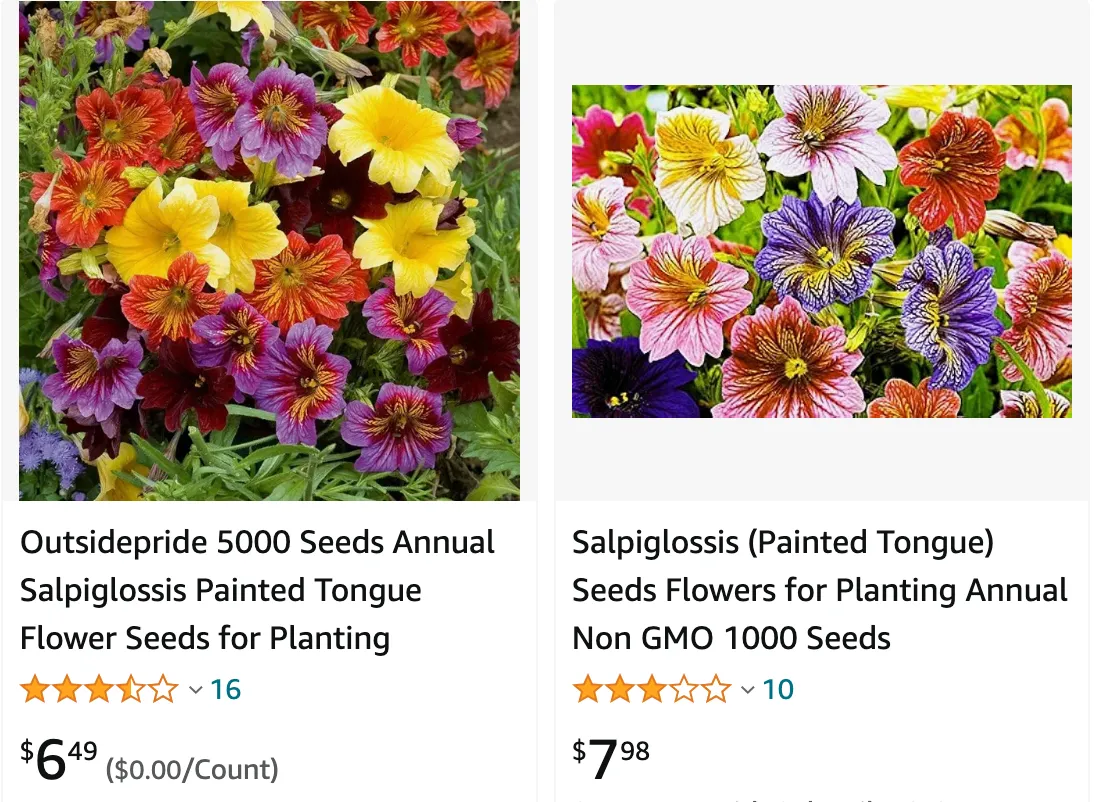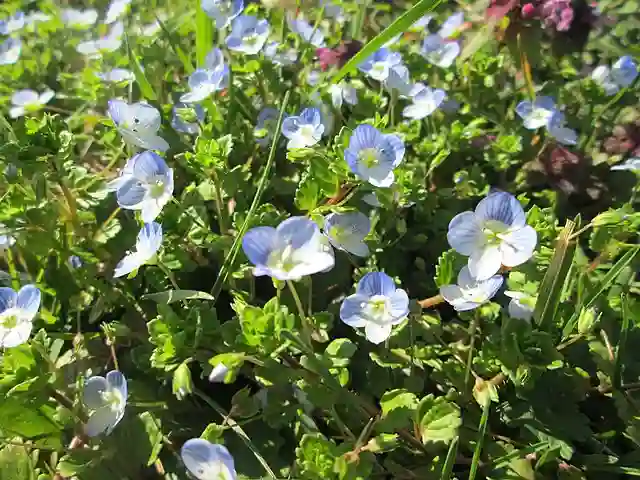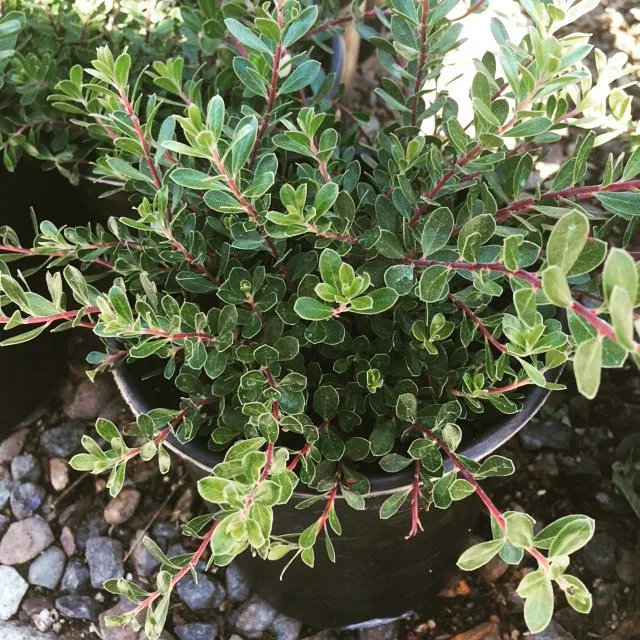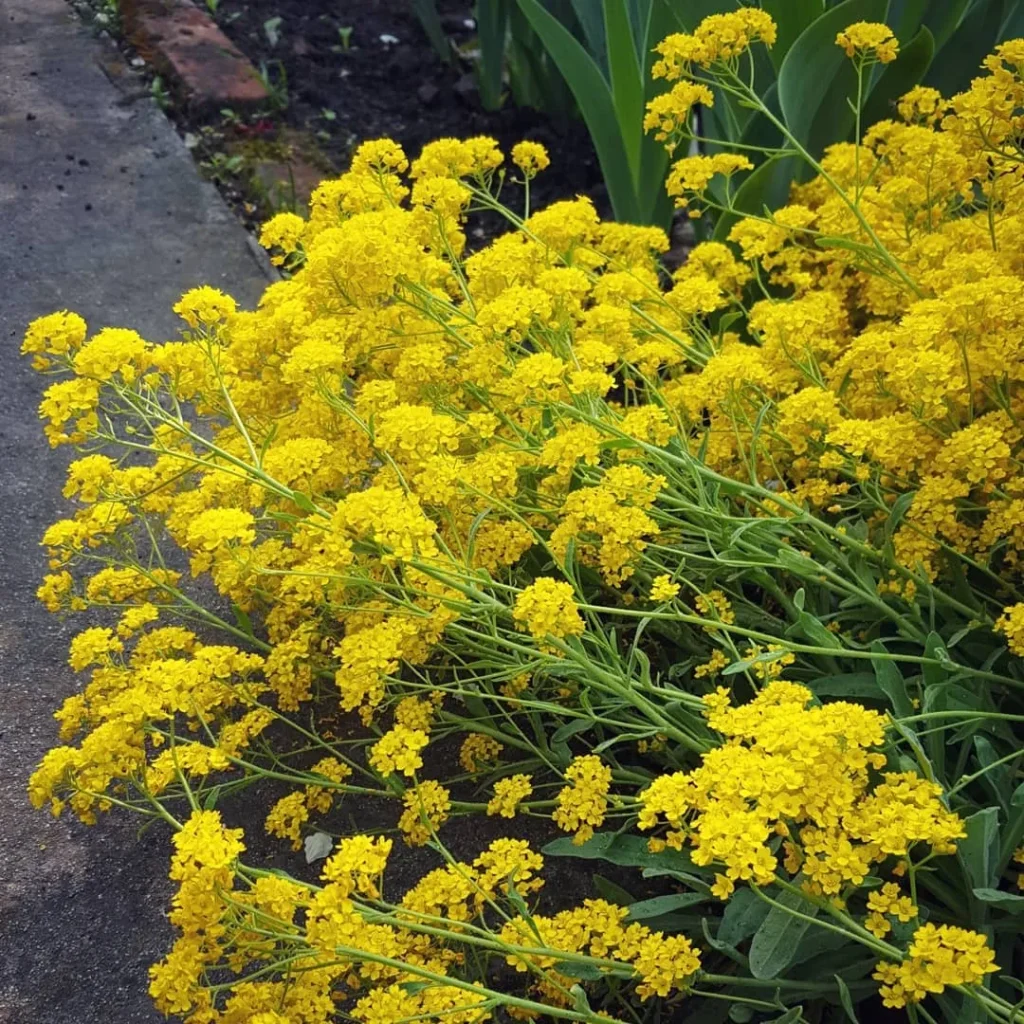
Salpiglossis: A Painter’s Palette in the Garden
The first time I saw a Salpiglossis, I was captivated. It was like an artist had taken a brush and swirled vibrant colors onto the delicate petals. The intricate veins, the contrasting hues, the sheer variety – it was a masterpiece in miniature. Since then, I’ve been fascinated by these flowers, commonly known as painted tongues, and I’ve made it my mission to learn everything I can about them.
Unveiling the Beauty of Salpiglossis
Salpiglossis is a genus of flowering plants belonging to the Solanaceae family, which also includes familiar faces like tomatoes and potatoes. Native to the Andes mountains of South America, these beauties thrive in cool, mountainous regions. They’re not frost-hardy, which explains their preference for the temperate climates of Chile, Argentina, and Mexico.
The genus name, Salpiglossis, is derived from the Greek words “salpinx” (trumpet) and “glossa” (tongue), a fitting description for their elongated, trumpet-shaped flowers with protruding tongues. These flowers are a riot of colors, boasting shades of red, orange, yellow, purple, and blue, often interwoven with contrasting veins and markings.
Diving Deep into Salpiglossis Species
While the genus Salpiglossis isn’t extensive, each species offers unique charm. Here are:
- Salpiglossis arniatera (B.L.Rob.) D’Arcy
- Salpiglossis sinuata Ruiz & Pav.
- Salpiglossis spinescens Clos
How to grow salpiglossis?
Salpiglossis, also known as the painted tongue flower, thrives in cool summer climates and produces beautiful trumpet-shaped blooms. Here’s a guide on how to grow them:
Planting Salpiglossis:
- You can grow salpiglossis from seeds either indoors or directly outdoors depending on your climate.
Starting Seeds Indoors (for cooler climates):
- Sow seeds indoors 8 weeks before the last frost.
- Use a well-draining seed starting mix.
- Sow seeds just a quarter inch deep and keep the soil moist but not soggy.
- Cover the pots with plastic wrap to maintain humidity until germination (around 10-14 days).
- Once seedlings emerge, provide them with bright indirect light.
- Harden off seedlings gradually before transplanting outdoors after all danger of frost has passed.
Planting Seeds Outdoors (for warmer climates):
- Wait until the soil temperature warms up (around 70°F) and there’s no threat of frost.
- Directly sow seeds on the soil surface and lightly press them in.
- Cover the area with a breathable material like shade cloth or cardboard to block light as seeds need darkness to germinate.
- After germination, remove the covering and thin seedlings to maintain proper spacing (around 12-18 inches apart).
General Care:
- Light: Salpiglossis prefers full sun to partial afternoon shade, especially in hot climates.
- Soil: Plant them in fertile, well-draining soil amended with organic matter like compost.
- Watering: Water regularly to keep the soil moist but not soggy. Avoid overwatering.
- Fertilizer: Apply a balanced liquid fertilizer every 2-3 weeks during the growing season.
- Deadheading: Regularly deadhead spent flowers to encourage continuous blooming.
Additional Tips:
- Salpiglossis are generally short-lived plants, lasting only one season.
- To extend the bloom period, deadhead spent flowers regularly and provide some afternoon shade in hot climates.
- You can also collect seeds from mature flowers to plant the following season.
Is salpiglossis poisonous?
I’ve done some research on the toxicity of salpiglossis since I have pets in my household. While they are not typically considered poisonous to humans, they can be mildly toxic to cats and dogs if ingested in large quantities. This knowledge prompted me to ensure that my furry friends don’t have access to the plants, especially when they are in their curious exploratory mode.
Are bees attracted to salpiglossis?
Bees absolutely love salpiglossis in my garden! I’ve noticed that they are attracted to the bright and colorful flowers, especially during the warmer months. Observing bees buzzing around the salpiglossis has not only been fascinating but also reassuring, knowing that my garden is supporting pollinators. It adds another layer of beauty and purpose to these lovely flowers.
Are salpiglossis edible?
While salpiglossis flowers are indeed beautiful, they are not edible in the traditional sense. I wouldn’t recommend consuming them, as they are primarily grown for ornamental purposes. However, their striking appearance makes them an excellent choice for adding visual interest to flower arrangements or as decorative elements in salads or desserts (as long as they are not consumed).
Do deer eat salpiglossis?
Deer can be quite a nuisance in my area, and unfortunately, they have shown an interest in my salpiglossis plants. Despite their vibrant colors and unique appearance, salpiglossis doesn’t seem to deter deer from munching on them if they’re hungry enough. To protect my plants, I’ve had to employ various deer deterrent methods, such as fencing or using deer-resistant plants as companions.
What to plant with salpiglossis?
When it comes to companion planting with salpiglossis, I’ve found that they pair well with a variety of other flowers and herbs. Their tall, elegant stems and colorful blooms make them excellent focal points in mixed flower beds or borders. I particularly enjoy planting them alongside companions like marigolds, petunias, and lavender, as they complement each other’s colors and growth habits beautifully. Additionally, planting herbs like basil or dill nearby can help attract beneficial insects while adding fragrance to the garden.
If i die, water my plants!



